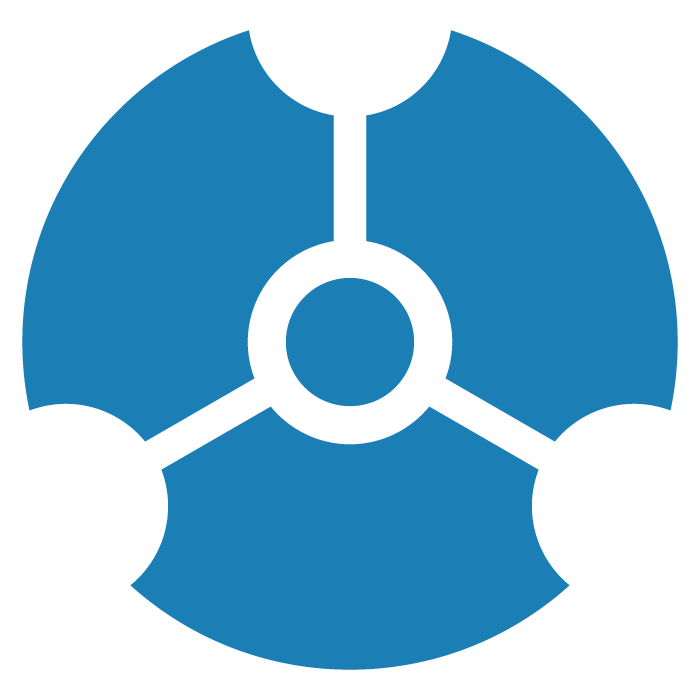7. Preferences
In this Session… | Before you begin… |
| To follow along, download the starting .GXRF data and Snapshots library: |
Slide | |
|---|---|
1 | How To GraphXR: Module 7. Preferences |
2 | Before You Begin… Ideally, you’ll have worked through Module 6. Shortcut. If you’re starting here, and you want to follow along, you’ll need to:
|
3 | With our .GXRF and snapshot library loaded, let’s explore how to set preferences The Project =>Settings tab organizes overall display preferences. |
4 | For styling nodes and edges, clicking the colored dot or line in the legend list or the Project=>Category or Relationship tab displays a style setting dialog. We’ll use it to set color and size, and apply icons, images, and captions to specific nodes or edges. |
5 | We’ll work with a simplified graph we’ve arranged by category in various grid and circle layouts. Open the snapshots library and load this data view now. |
6 | First go to the Project=>Settings tab to set the overall size scale of nodes and edges, and enable display of images on nodes. Set the Node Size and Caption Size Scale sliders to 3, and the Edge Width slider to 1. Click the Show Avatars checkbox. |
7 | Now we’ll style our Character nodes. In the legend, click the Category tab and the colored dot next to the Characters bubble. The style setting dialog for nodes is organized into Color, Icon, Avatar, Size, and Caption tabs. |
8 | Click the Avatar tab and choose the characterImage property from the dropdown menu. This specifies the source of any images displayed on Character nodes. |
9 | Now let’s add captions to our Character nodes. Click the Caption tab, and select the characterName and kills properties. |
10 | By default captions are displayed to the right of the node. Choose a different position by opening Project=>Settings and using the Node Caption Position menu. |
11 | Now click the colored dot next to the House category. We’ll leave the color as it is but apply an icon to our House nodes. Click the Icon tab. |
12 | Use the menu or the search bar to find an icon. Click on the icon to apply it. |
13 | The icon appears on all House nodes, in the legend next to its label, and in the Project=>Category tab. |
14 | Now let’s set the size of Episode nodes according to the number of viewers. Click the colored dot to display the style setting dialog, click the Size tab, and select the millionViewers property. |
15 | The style setting dialog for relationships lets you set edge color, captions and relative edge width (Bind Width) based on a property value. However, the relationships in our graph don’t yet have any defined properties. |
16 | Go back to Project=>Settings and click the Show Relationship Name checkbox to label every edge with its relationship name. This can be useful at times, but often adds too much text to the graph. |
17 | Unique property values are automatically assigned separate colors. For any listed property value, its style setting dialog lets us set a new color or select an icon. |
18 | Let’s place a star icon on Episodes nodes with a millionViewers value greater than 12. Click Property in the legend, select Episodes and the millionViewers property. |
19 | Now click a colored dot in the list with a millionViewers value greater than 12. Click the Icon tab, search for a star icon, and click to select it. |
20 | Color scaled by a property value is especially useful for displaying numbers or dates. Click the Use Scale Color checkbox, and select Cool. The millionViewer values of Episode nodes are now colored in a range from darker blues to lighter greens. |
21 | The Project panel and Category or Relationship tab includes a few other important ways to display properties and control visibility of nodes and edges. |
22 | By default, the list of property names is in alphabetical order wherever it appears: in the Project panel, tables, or information windows. To re-order the list, click the up or down arrows that appear on rollover at the far left. |
23 | Click the Hidden checkbox for the characterImage property so that it no longer appears in an information panel or table. If we click its Exclude checkbox, it is temporarily unavailable to the graph and the avatar images on the nodes disappear. |
24 | The Settings tab also includes additional controls for display of nodes, edges, and icons, and of the project space. Let’s quickly go over those now. |
25 | Click the Theme toggle to switch between a dark or light background for the project space. |
26 | For nodes you can control the base node size scale and icon mode, show or hide pin icons, show or hide Avatar urls, control caption size scale and caption position, and use the more compact Truncate Caption option. |
27 | For edges you can adjust the edge width scale, use curved lines, dashed lines and/or blended lines, show or hide directional arrows, and show or hide relationship names as a caption on all edges. |
28 | For general 3-dimensional display, the Fog Density slider makes nodes and edges that are further away appear less visible. |
29 | Now click the Show Hidden Nodes toolbar icon to restore the Character nodes and their connected edges that we hid for this module. |
30 | We’ve already seen basic layout options in action. Next, in Module 8. Layout and Pinning, we’ll see how layouts can help us visualize and explore the graph in even more detail. |
Next Steps…
How to GraphXR: Module 8. Layout and Pinning.
